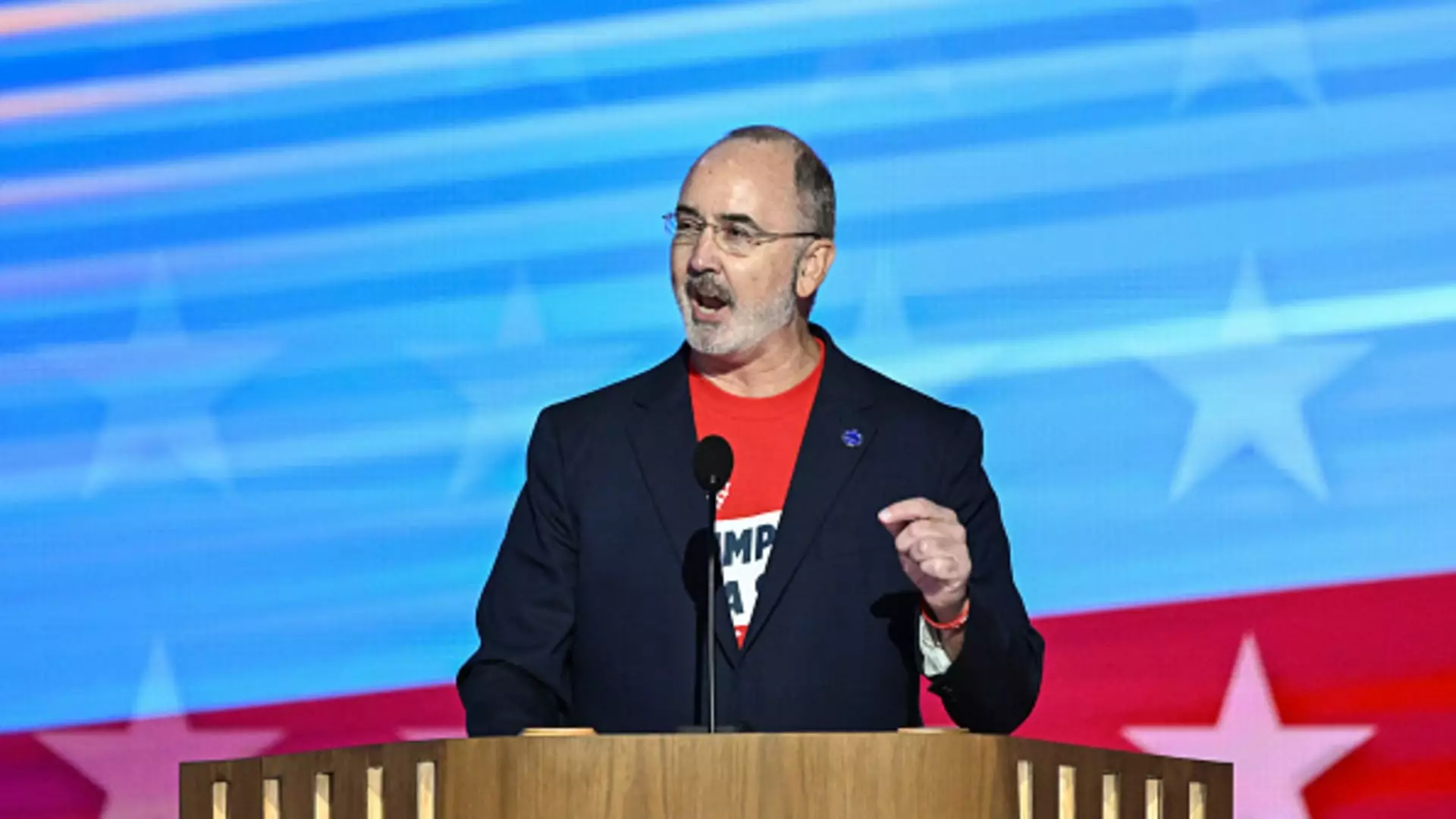In an unprecedented turn of events, Shawn Fain, the President of the United Auto Workers (UAW), has emerged as a surprising ally for former President Donald Trump’s controversial plan for tariffs on North American automotive goods. The timing and context of this alliance render it particularly fascinating. Fain’s shift from vocal critic to supporter may reveal not only a deeper economic strategy but also the power dynamics at play between labor unions and corporate interests in today’s America.
The Historical Context of Trade Agreements
To grasp the significance of Fain’s comments, we must look back to the impact of the North American Free Trade Agreement (NAFTA) implemented in 1992. This agreement, stripped of protective barriers, has often been labeled a disaster for American manufacturing, particularly in the automotive sector. The UAW, like many labor organizations, contends that it allowed for the exodus of jobs from the United States, resulting in a drastic decline in wage growth and job security for American workers. Fain’s approval of tariffs as a means to “stop the bleeding” of jobs signifies a rejection of longstanding free trade ideologies that have failed to deliver on their promises.
However, there is an irony in Fain’s endorsement of Tariffs—considering the historical opposition of unions, including the UAW, to Trump’s economic policies and actions. This newfound perspective can be interpreted as a desperation to save American jobs as the global economy continues to evolve.
The Economic Rationale for Tariffs
Fain’s assertion that tariffs can play a critical role in addressing economic woes is not unfounded. Tariffs can indeed act as a temporary measure to bolster domestic production and protect American jobs, particularly amid fears of corporate price gouging. Fain’s remarks that tariffs “are not the end solution” signal a cautious optimism; they imply a recognition that while tariffs may impose short-term costs on consumers and corporations, they serve a broader goal of creating a sustainable American workforce.
Moreover, it is naive to assume that corporate America will shoulder the burden of these tariffs without passing some costs onto consumers. The disruption of the automotive supply chain due to tariffs has raised red flags for many industry insiders. However, Fain’s contention—that if consumers are negatively impacted, the blame lies with corporations—is a bold stance that underscored the responsibility that these businesses have to the American worker.
Political Theatre or Genuine Change?
The complexities of this alliance also warrant scrutiny. Fain’s collaboration with the Trump administration raises questions about political integrity and authenticity. A union president who once labeled Trump a “scab” and criticized him at every turn is now engaging in dialogue with the very administration he vehemently opposed. The shift suggests a striking willingness to prioritize pragmatic solutions over ideologically driven ones, an action that may be interpreted as either calculated political maneuvering or a genuine effort to improve worker conditions.
This evolution does politics a favor, reflecting a broader desire among American citizens for issues to transcend party lines. Fain has made it clear that “the election is over,” an outlook that is surprisingly mature for a labor leader in such polarizing times. It signals a political climate where collaboration to solve tangible problems might hold greater value than adherence to partisan rhetoric.
Ultimately, Fain and Trump’s unexpected cooperation raises a pivotal question for corporate America: Will they pay their fair share to support American workers, or will they continue the cycle of profit over people? If Fain is to be taken seriously, corporations must rise to this challenge, as their decisions will shape the future of American labor relations. As the UAW navigates these treacherous waters while under federal investigation, all eyes will be on how this unique partnership evolves, and whether it will yield real benefits for workers rather than serving as mere political theatre.
The moving dynamic between labor and management in this context will offer a powerful insight into the future of American industry and the well-being of its workforce.

